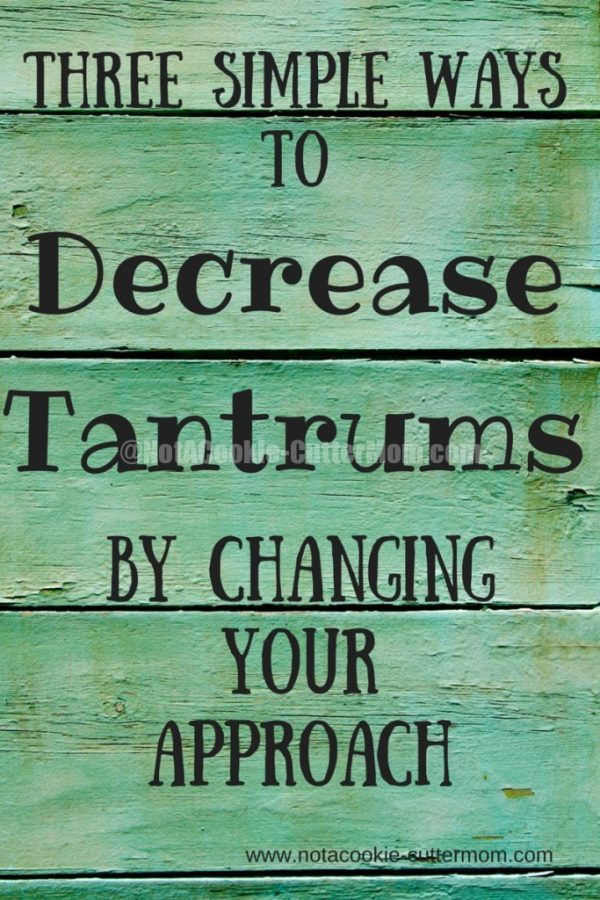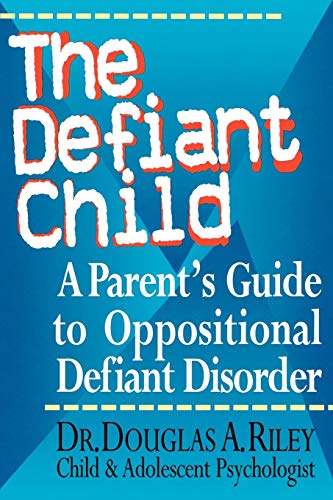How To Decrease Tantrums
A dear friend and I sat on my couch this past week, both of us in tears discussing motherhood.
Hers were tears of sadness, frustration, and feelings of inadequacy as a mother.
She had just experienced one of her daughters’ frequent tantrums and was tired of dealing with them so often.
My tears were ones of understanding and remembering exactly how it feels to be in her shoes.
Those memories and feelings are all too real as I have a child who tends to be more prone to explosive and upsetting behavior.
For me, those feelings changed as I changed my approach to the tantrums.
Be sure to check out even more of my helpful parenting tips, too!
This post contains affiliate links.

How To Decrease Tantrums
My changes started when I read the book Loving What Is by Byron Katie (affiliate link).
In it she suggests that in the world there are three kinds of business; God’s business, my business, and other’s business.
She continues by saying that the only business we have control over is “my business” so we should learn to accept all others.
Through this book I realized by focusing on my reaction, my mindset and the way I communicate, I was staying within the boundaries of what I can control.
I became less frustrated, and tantrums have slowly decreased over time. I won’t say that we have a tantrum-free household, but I don’t expect that.
No More Meltdowns: Positive Strategies for Managing and Preventing Out-Of-Control Behavior Parenting a Child Who Has Intense Emotions: Dialectical Behavior Therapy Skills to Help Your Child Regulate Emotional Outbursts and Aggressive Behaviors
Parenting a Child Who Has Intense Emotions: Dialectical Behavior Therapy Skills to Help Your Child Regulate Emotional Outbursts and Aggressive Behaviors Your Defiant Child: Eight Steps to Better Behavior
Your Defiant Child: Eight Steps to Better Behavior The Highly Sensitive Child: Helping Our Children Thrive When The World Overwhelms Them
The Highly Sensitive Child: Helping Our Children Thrive When The World Overwhelms Them
After all, my life is imperfect and I’ll embrace it as it is.
1. My Reaction
Too often I find myself on the tantrum rather than the reason for the tantrum.
This week, for example, my son started screaming about which clothes to wear that day.
My previous initial reaction would have been to become frustrated that he was screaming and try to stop the screaming.
If I had done that I would have missed out on the opportunity to understand him and help him resolve the problem.
So, instead of reacting to his tantrum, I got down on his level, asked him to talk to me about why he didn’t want to wear the clothes we had both set out for him to wear.
He explained that he wanted to ride his bike in different clothes and would change after riding his bike.
The problem was solved, he would wear the clothes he wanted while riding his bike and then change into the other clothes afterwards.
Not every problem will be this easy, but over time and with practice, they all can be (we’ve had a lot of practice).
The Explosive Child The Kazdin Method for Parenting the Defiant Child
The Kazdin Method for Parenting the Defiant Child The Survival Guide for Kids With Behavior Challenges: How to Make Good Choices and Stay Out of Trouble
The Survival Guide for Kids With Behavior Challenges: How to Make Good Choices and Stay Out of Trouble The Defiant Child: A Parent’s Guide to Oppositional Defiant Disorder
The Defiant Child: A Parent’s Guide to Oppositional Defiant Disorder
The less time I spend reacting to tantrums and freak-outs, the less time we spend in meltdown mode.
2. My Mindset
For both my friend and I, each time our kids screamed and threw a tantrum our first thought was “I’m a bad mom, my child is screaming and I can’t get him/her to stop, I am doing something wrong.”
We were both taking responsibility for our kid’s tantrums and blaming ourselves.
Once I changed my mindset and realized that “every behavior is a form of communication” I was able to change the focus from myself to my child.
This allowed me to look at my child and start focusing on what he might be missing, needing to learn, or wanting.
This is not to say that every tantrum needs to result in an immediate “what do you want, I’ll give you anything you ask for” response.
Rather, it is more of an awareness of an internal need or desire in the child (eg. are my child’s sensory needs met or overstimulated, is my child overly tired/hungry, does my child need to be taught a social skill that may be lacking, does a routine need to be added to our daily schedule).
No: Why Kids–of All Ages–Need to Hear It and Ways Parents Can Say It No-Drama Discipline: The Whole-Brain Way to Calm the Chaos and Nurture Your Child’s Developing Mind
No-Drama Discipline: The Whole-Brain Way to Calm the Chaos and Nurture Your Child’s Developing Mind No-Drama Discipline Workbook: Exercises, Activities, and Practical Strategies to Calm The Chaos and Nurture Developing Minds
No-Drama Discipline Workbook: Exercises, Activities, and Practical Strategies to Calm The Chaos and Nurture Developing Minds Anger Management for Parents: The ultimate guide to understand your triggers, stop losing your temper, master your emotions, and raise confident children
Anger Management for Parents: The ultimate guide to understand your triggers, stop losing your temper, master your emotions, and raise confident children
By focusing on my child rather than myself I am more capable of helping solve the root of the problem instead of dealing with the behavior that came from it.
3. Communication
Cynthia Tobias, author of You Can’t Make Me But I Can Be Persuaded first introduced me to the concept of approaching communication in a different way.
In her book she suggests that demands and commands coming from any person simply provoke power struggles.
When given the option, some kids will say “no” just for the sake of asserting independence.
By simply stating things differently the power struggle can often be avoided.
After reading this book, I found myself in “command mode” more often than I realized.
In the car I would say things like; “buckle up,” or even “please buckle your seat belt,” both which could easily elicit a “no” response and create a power struggle.
By simply rewording the same directive to “we will leave when everyone is buckled,” a power struggle is less likely to occur and tantrums can be completely avoided.
All of these things might sound simple or like fluff on the cake, but they are the things that helped me to spend less time fighting with my kids, and start enjoying motherhood again.
As I shared them with my friend my hope is that she can feel the same way as tantrums decrease for her as well.
It takes time and practice, don’t give up when it doesn’t work the first day or even the first week.
Allow imperfection to happen and mistakes to be made on your part as well as your child’s.
To learn more about supporting your child’s emotional needs:
No More Meltdowns: Positive Strategies for Managing and Preventing Out-Of-Control Behavior Parenting a Child Who Has Intense Emotions: Dialectical Behavior Therapy Skills to Help Your Child Regulate Emotional Outbursts and Aggressive Behaviors
Parenting a Child Who Has Intense Emotions: Dialectical Behavior Therapy Skills to Help Your Child Regulate Emotional Outbursts and Aggressive Behaviors Your Defiant Child: Eight Steps to Better Behavior
Your Defiant Child: Eight Steps to Better Behavior The Highly Sensitive Child: Helping Our Children Thrive When The World Overwhelms Them
The Highly Sensitive Child: Helping Our Children Thrive When The World Overwhelms Them
About the Guest Author
This post originally appeared on WendyBertagnole.com and is reprinted with permission.
With an undergraduate degree in child development, and a master’s degree in special education, this foundation was a springboard for Wendy in helping kids and families to see the root of any challenges they face.














